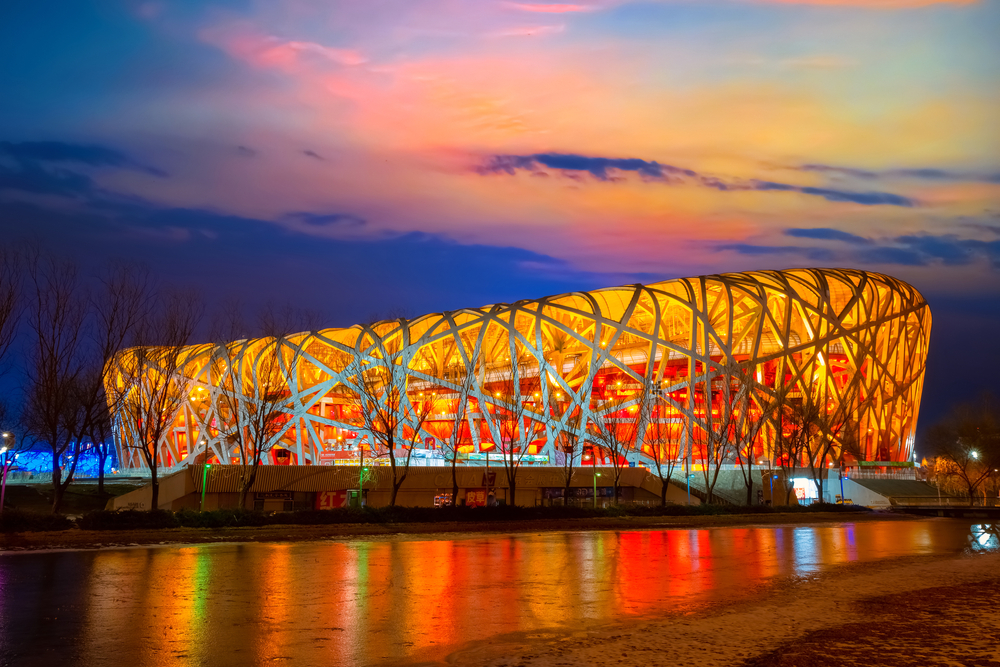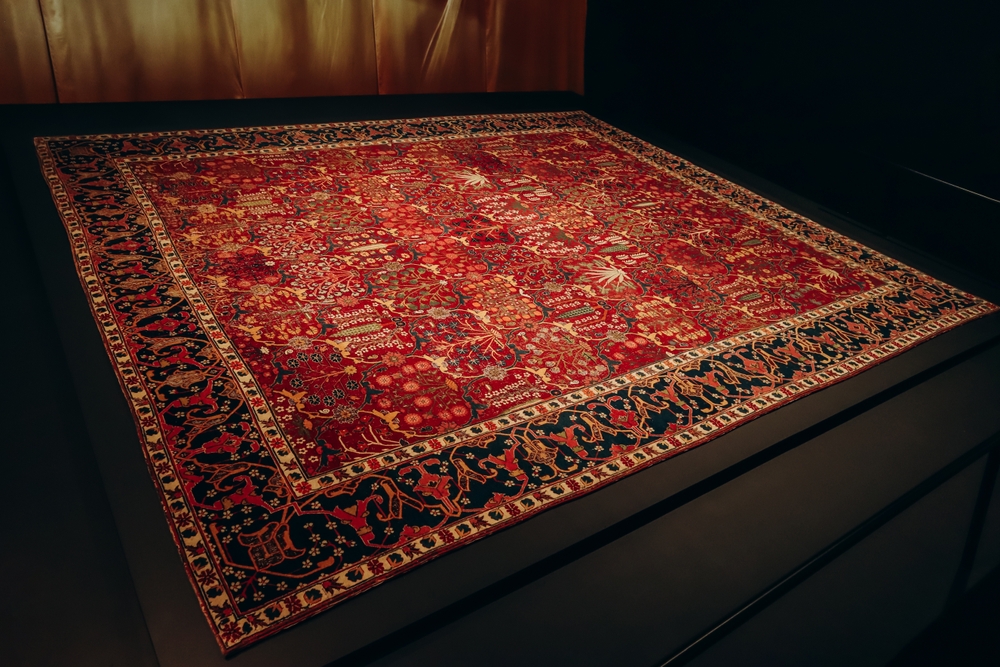Urban landscapes are constantly evolving, shaped by architectural feats that push the boundaries of design, engineering, and innovation. These structures not only redefine skylines but also influence the way we live, work, and interact with our surroundings. From towering skyscrapers to sustainable green spaces, each of these projects has left a lasting impact on cities worldwide. By merging form with function, these architectural wonders have transformed how urban environments are experienced. In this list, we explore 20 remarkable feats that have redefined urban landscapes and set new standards for modern architecture.
The Burj Khalifa – Dubai, UAE
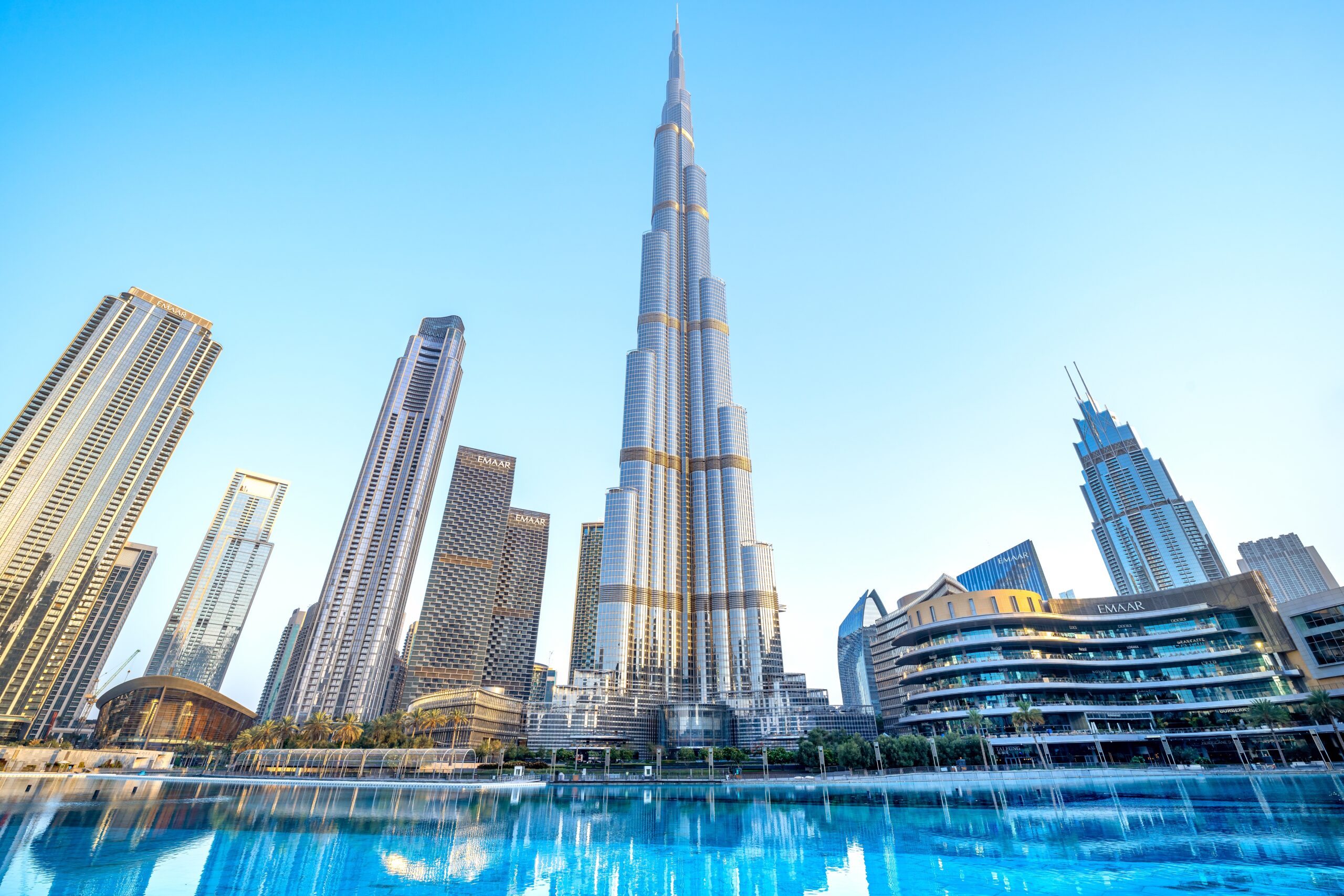
Soaring at 828 meters, the Burj Khalifa dominates Dubai’s skyline and stands as the tallest structure in the world. Designed by Skidmore, Owings & Merrill, the tower integrates Islamic architecture with cutting-edge engineering. Its tapering form not only adds to its aesthetic appeal but also enhances its stability. The Burj Khalifa’s multifaceted design reshaped how urban centers approach supertall structures. In addition to its height, the tower incorporates mixed-use spaces, including luxury apartments, offices, and observation decks. This architectural marvel has set new standards for global skyscrapers.
The Guggenheim Museum – Bilbao, Spain
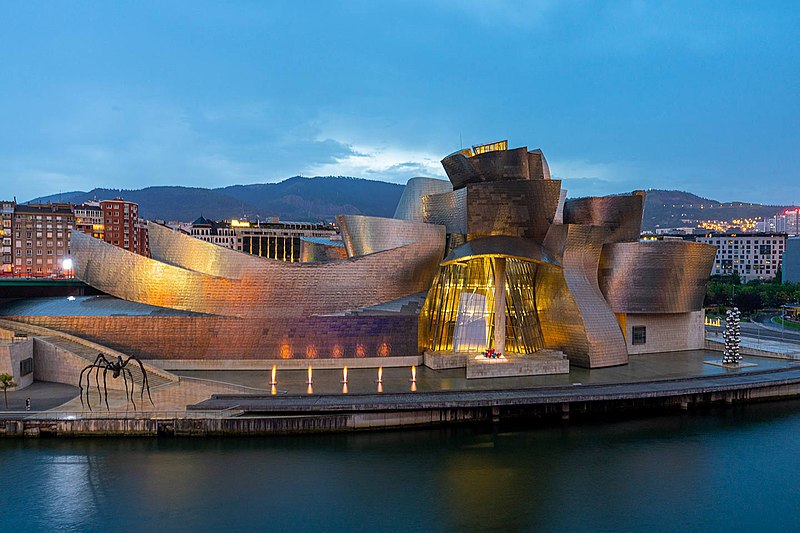
The Guggenheim Museum, designed by Frank Gehry, is a revolutionary blend of titanium, glass, and limestone. Located in the industrial city of Bilbao, its innovative design sparked an urban renewal, drawing worldwide attention. Its curving forms defy conventional architecture, creating an artistic, fluid space that mirrors the art it houses. The museum’s presence redefined Bilbao’s cultural and economic landscape, boosting tourism and revitalizing the area. Gehry’s bold vision challenged traditional museum designs and became a symbol of postmodern architecture. The Guggenheim Bilbao remains an icon of transformative urban development.
Marina Bay Sands – Singapore
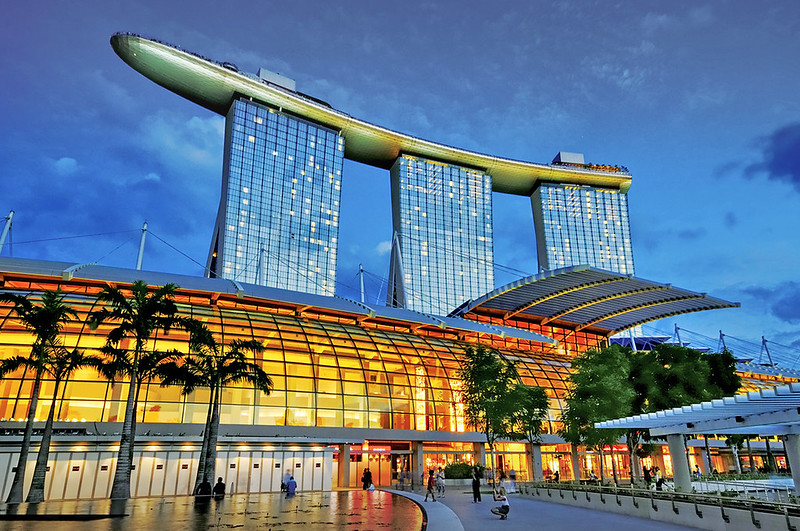
Marina Bay Sands, with its three interconnected towers and an elevated infinity pool, transformed Singapore’s skyline. The complex, designed by Moshe Safdie, integrates luxury with functionality, housing a hotel, casino, and world-class convention center. Its rooftop SkyPark, which spans all three towers, offers panoramic views of the city and bay, creating a unique urban experience. Marina Bay Sands represents the epitome of modern architectural innovation, blending engineering prowess with aesthetic vision. The development not only redefined the city’s waterfront but also solidified Singapore’s status as a global hub. This urban landmark attracts millions of visitors yearly, boosting the city’s economy.
The Shard – London, UK
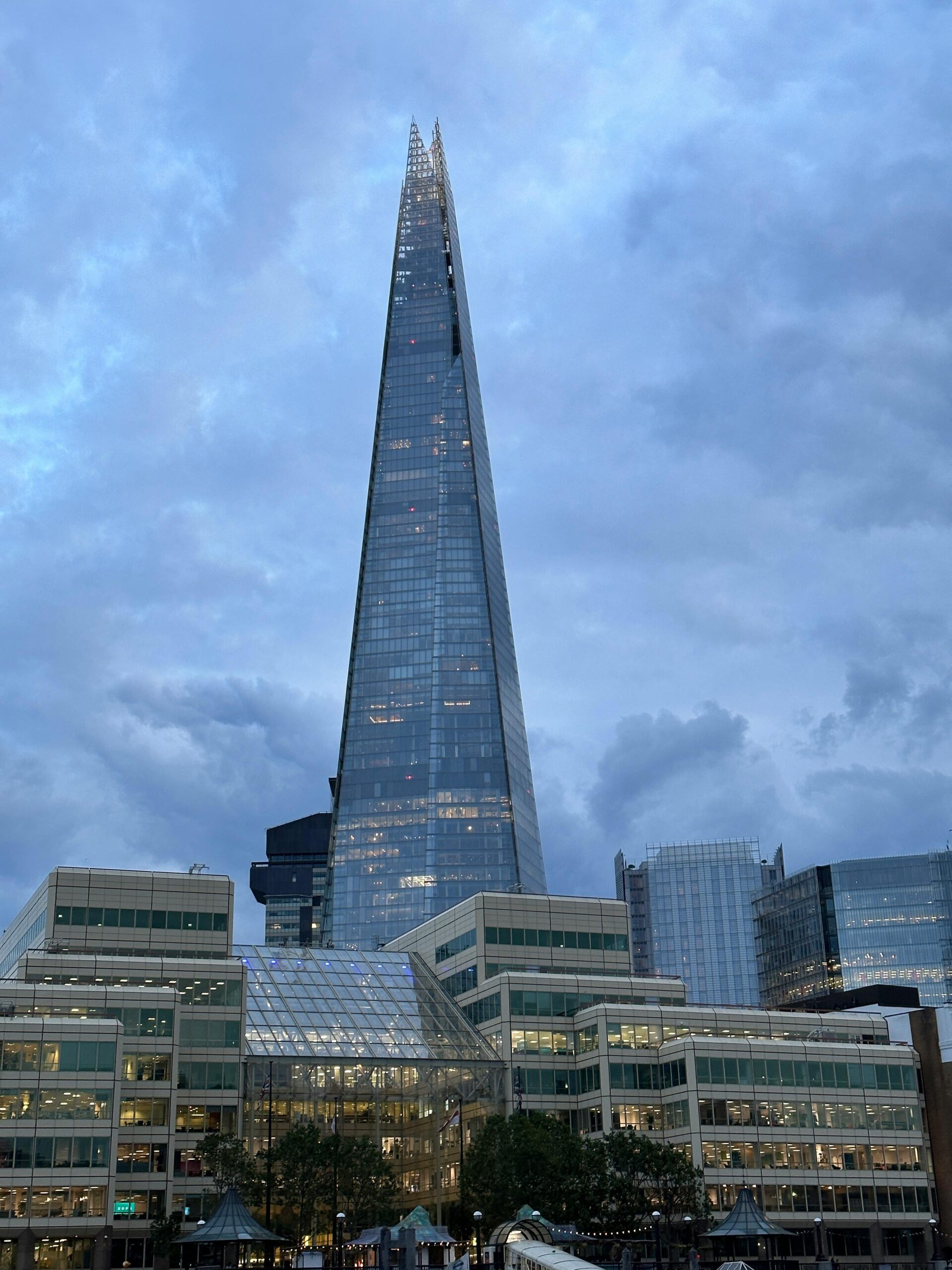
Designed by Renzo Piano, The Shard is a gleaming glass tower that reimagined London’s architectural identity. Standing at 310 meters, it is the tallest building in the UK and a defining feature of the city’s skyline. The Shard’s irregular pyramid shape and transparent façade reflect Piano’s vision of a “vertical city,” with offices, restaurants, and residences within a single structure. The building’s completion marked a shift in London’s urban landscape, blending modernity with the city’s historic character. Despite initial controversy, The Shard has become a symbol of contemporary London. It stands as an example of how architecture can bridge tradition and progress.
Sydney Opera House – Sydney, Australia
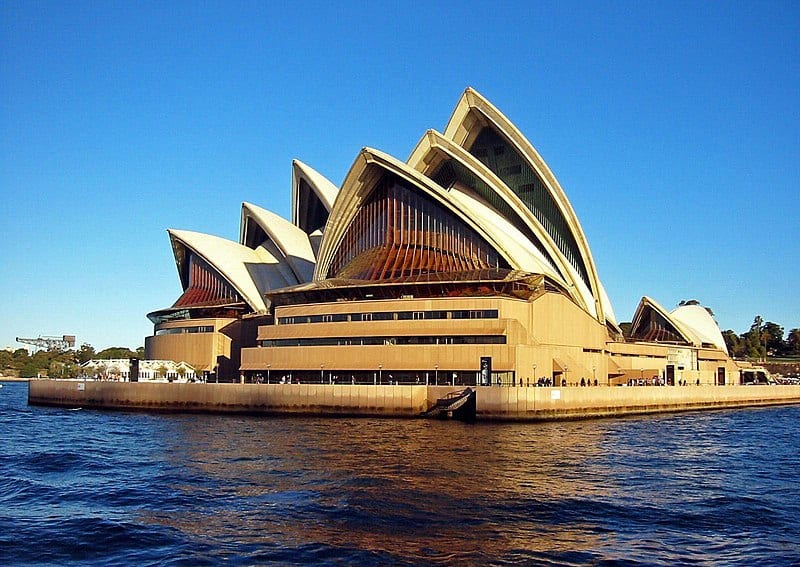
The Sydney Opera House, with its iconic sail-like roof, is one of the most recognizable buildings in the world. Designed by Danish architect Jørn Utzon, its groundbreaking form redefined 20th-century architecture. The structure’s sculptural design harmonizes with its waterfront location, creating a timeless symbol of modern Australia. Beyond its aesthetics, the opera house functions as a major cultural venue, hosting a variety of performances and events. Its innovative use of pre-cast concrete shells revolutionized construction techniques. Today, the Sydney Opera House stands as a testament to architectural ambition and creativity.
The High Line – New York City, USA
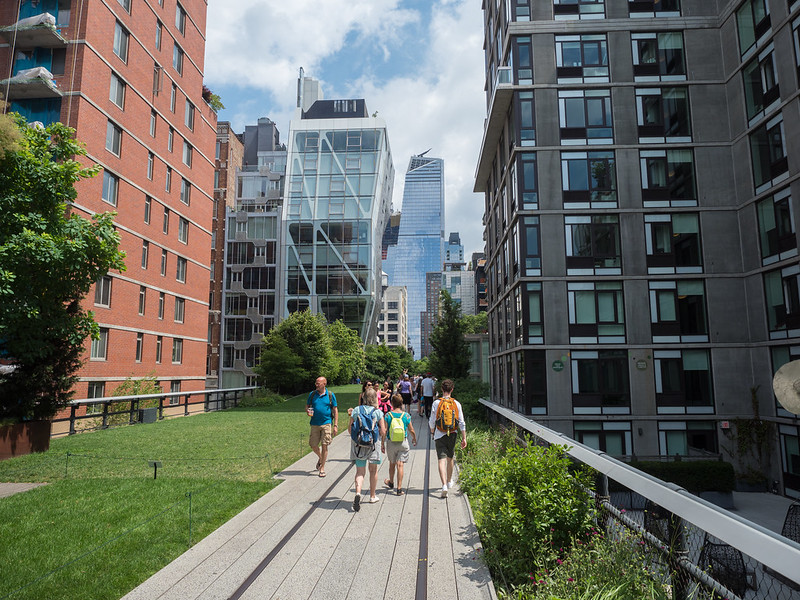
The High Line is a unique urban park that transformed a disused elevated railway into a vibrant public space. Designed by James Corner Field Operations and Diller Scofidio + Renfro, it runs along Manhattan’s west side, offering green space amid the city’s dense environment. The park’s thoughtful landscaping, combined with its integration into the urban fabric, has inspired similar projects worldwide. The High Line showcases the power of adaptive reuse, breathing new life into forgotten infrastructure. Its impact on urban regeneration in New York City is undeniable, spurring development in the surrounding areas. This project redefined urban parks, offering a blend of nature, art, and architecture.
Louvre Pyramid – Paris, France
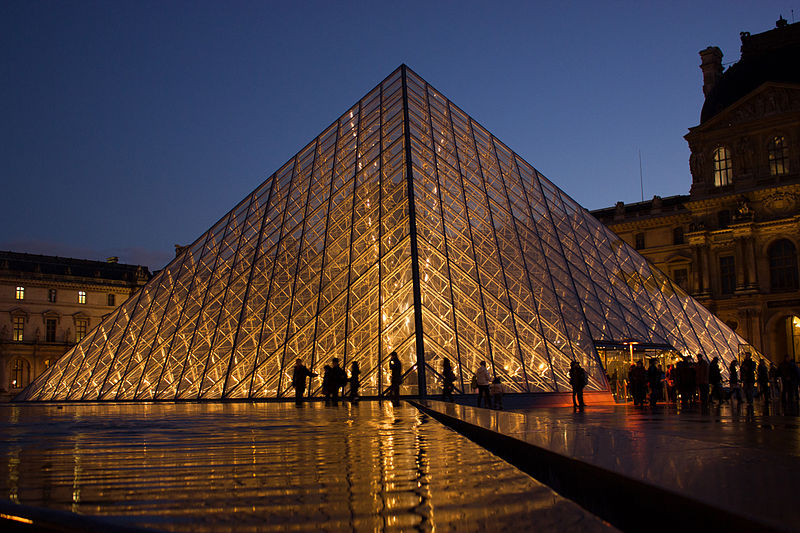
I.M. Pei’s glass pyramid at the Louvre Museum is a striking juxtaposition of modernity and history. Completed in 1989, the structure serves as the museum’s main entrance, blending contemporary design with the classical surroundings of the Louvre Palace. The pyramid’s geometric precision and transparency allow it to harmonize with the museum’s rich heritage, while still standing out as a bold architectural statement. Its construction was initially controversial, but over time, it has become an integral part of Paris’s urban identity. The Louvre Pyramid’s fusion of old and new architecture demonstrates how innovation can coexist with tradition. It redefined museum architecture by turning functionality into a piece of art.
Taipei 101 – Taipei, Taiwan
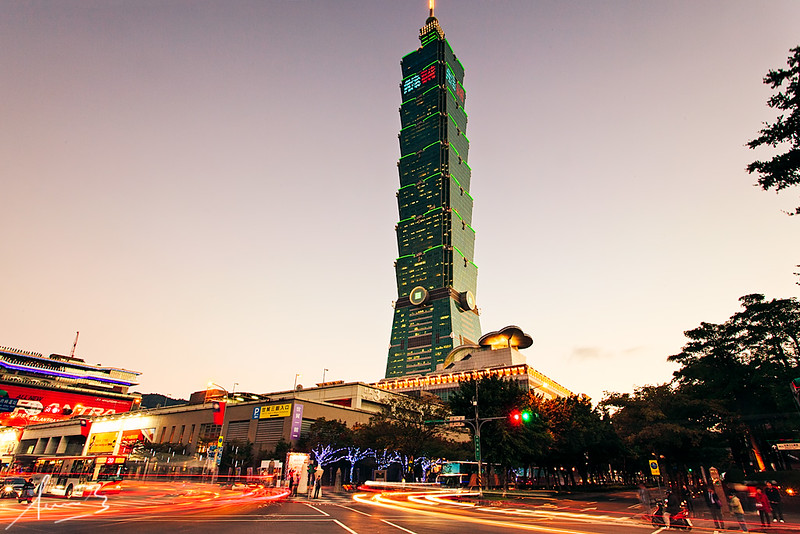
Once the tallest building in the world, Taipei 101 exemplifies how architecture can adapt to challenging environments. Designed by C.Y. Lee, the skyscraper features a pagoda-like structure that echoes traditional Chinese architecture, while incorporating cutting-edge engineering to withstand earthquakes and typhoons. The tower’s green design and energy-efficient systems earned it a LEED Platinum certification, making it a pioneer in sustainable skyscraper construction. Its presence redefined Taipei’s skyline and placed the city on the global architectural map. Taipei 101’s combination of cultural symbolism and technological innovation set a new standard for supertall buildings. It remains a model for balancing tradition and modernity in urban spaces.
The Pompidou Centre – Paris, France
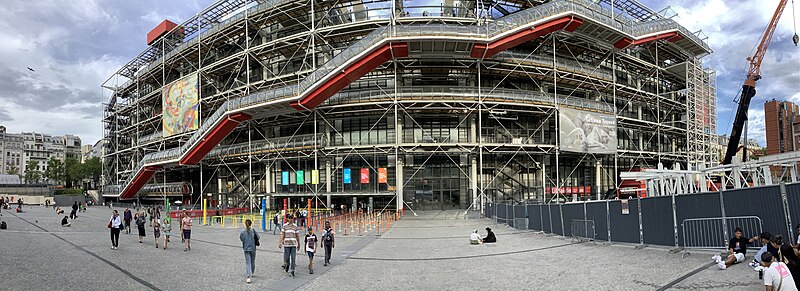
The Pompidou Centre in Paris, designed by Renzo Piano and Richard Rogers, is a bold and controversial statement in urban architecture. Its “inside-out” design, with exposed structural elements and mechanical systems on the exterior, defied conventional aesthetics. The building’s industrial appearance contrasts sharply with the historic architecture of Paris, yet it has become a beloved cultural landmark. The Pompidou’s open, flexible spaces revolutionized museum design, prioritizing function and adaptability. This architectural feat reshaped the cultural heart of Paris, emphasizing accessibility and modernity. Its daring design continues to influence public building projects worldwide.
The Edge – Amsterdam, Netherlands
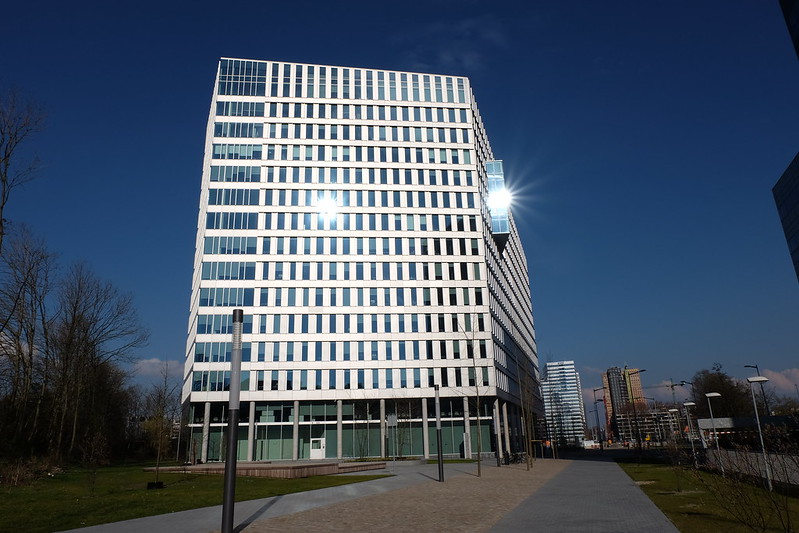
The Edge, located in Amsterdam, is considered the world’s most sustainable office building. Designed by PLP Architecture, it uses smart technology and advanced energy systems to minimize its environmental impact. The building’s façade features solar panels that generate more energy than the structure consumes, setting a benchmark for green architecture. Inside, it offers adaptable workspaces with state-of-the-art technology that optimizes lighting, temperature, and space utilization. The Edge’s innovative approach to sustainability has influenced how modern urban developments incorporate green technology. It serves as a model for the future of energy-efficient architecture.
The Petronas Towers – Kuala Lumpur, Malaysia
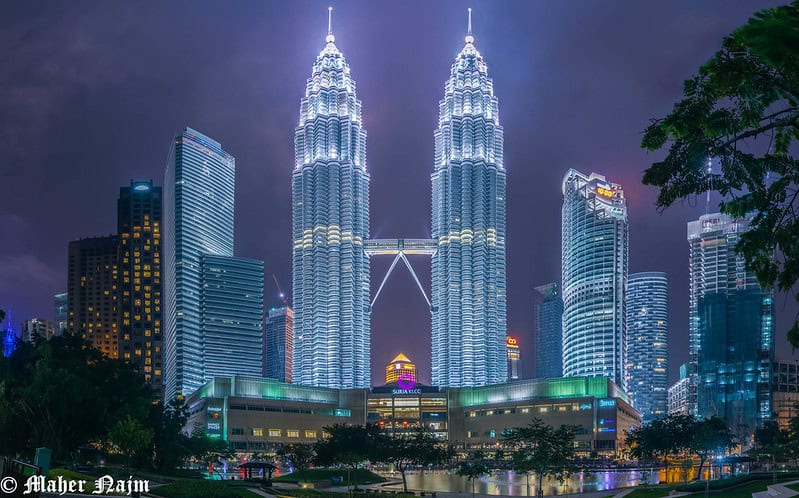
Standing at 452 meters, the Petronas Towers were the tallest buildings in the world upon completion in 1998. Designed by Argentine architect César Pelli, these twin towers are a symbol of Malaysia’s economic and cultural ambitions. The towers’ design is inspired by Islamic geometry, blending tradition with cutting-edge engineering. Their sky bridge, linking the two towers, creates an iconic silhouette against Kuala Lumpur’s skyline. The Petronas Towers’ completion marked a significant moment in the globalization of architecture, as they became an international symbol of Southeast Asian progress. They continue to inspire awe and admiration, both for their design and engineering feats.
Gardens by the Bay – Singapore
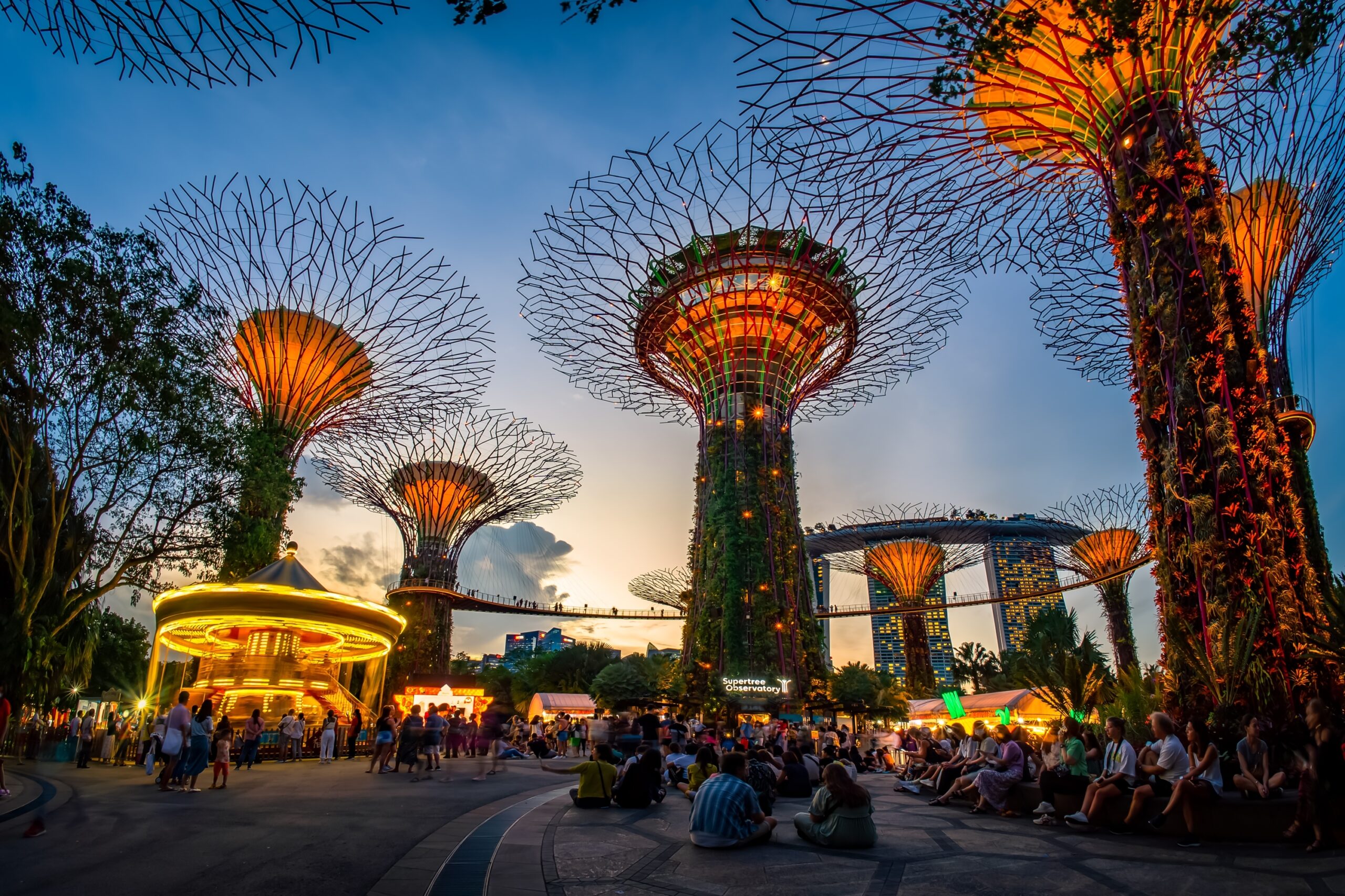
Gardens by the Bay is a futuristic urban park that combines nature with cutting-edge design. Designed by Grant Associates and WilkinsonEyre, the park features towering “supertrees” and domed conservatories that create an otherworldly landscape. The Supertree Grove’s vertical gardens help reduce the urban heat island effect, while the conservatories house exotic plant species from around the globe. This green space redefines the traditional notion of a city park by integrating technology, sustainability, and public space. Gardens by the Bay has become an iconic symbol of Singapore’s commitment to environmental innovation. It offers a glimpse into the future of urban design, where nature and technology coexist.
CCTV Headquarters – Beijing, China
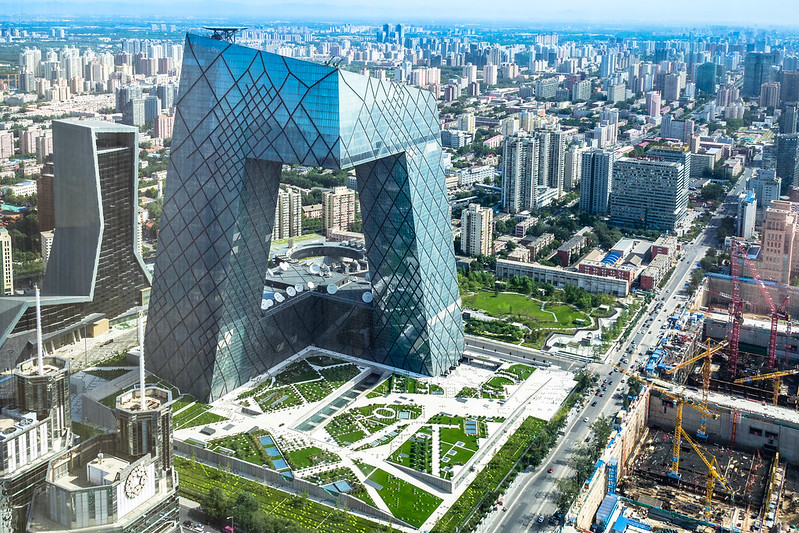
The CCTV Headquarters in Beijing, designed by Rem Koolhaas and Ole Scheeren, is a radical departure from traditional skyscrapers. Its looped form, with two leaning towers connected by a horizontal cantilever, challenges the conventional vertical tower. This unique structure required cutting-edge engineering to ensure stability and safety. The building’s design reflects the dynamic nature of modern media, symbolizing connectivity and innovation. Despite initial criticism, the CCTV Headquarters has become a landmark in Beijing’s skyline, representing China’s architectural ambitions. Its bold form reshaped the global discourse on skyscraper design.
The Millennium Bridge – London, UK
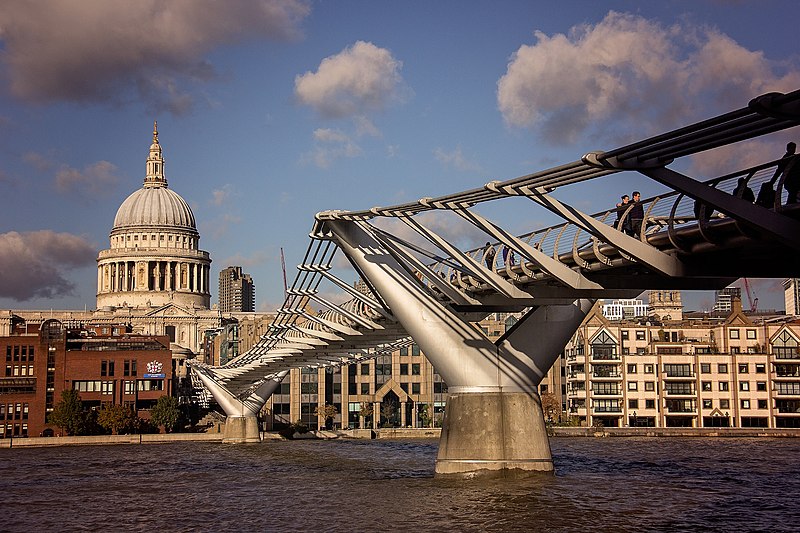
The Millennium Bridge is a pedestrian suspension bridge connecting St. Paul’s Cathedral to the Tate Modern in London. Designed by Arup, Foster and Partners, and Sir Anthony Caro, it embodies sleek modernity with its minimalistic structure. The bridge’s innovative engineering allows for a light, graceful profile while maintaining stability and strength. Initially known for its “wobble,” the bridge was retrofitted to improve its performance, turning a design flaw into a story of resilience. Today, the Millennium Bridge is celebrated as a symbol of modern engineering in the heart of historic London. It enhances the city’s blend of old and new, creating a seamless urban flow.
The Bosco Verticale – Milan, Italy
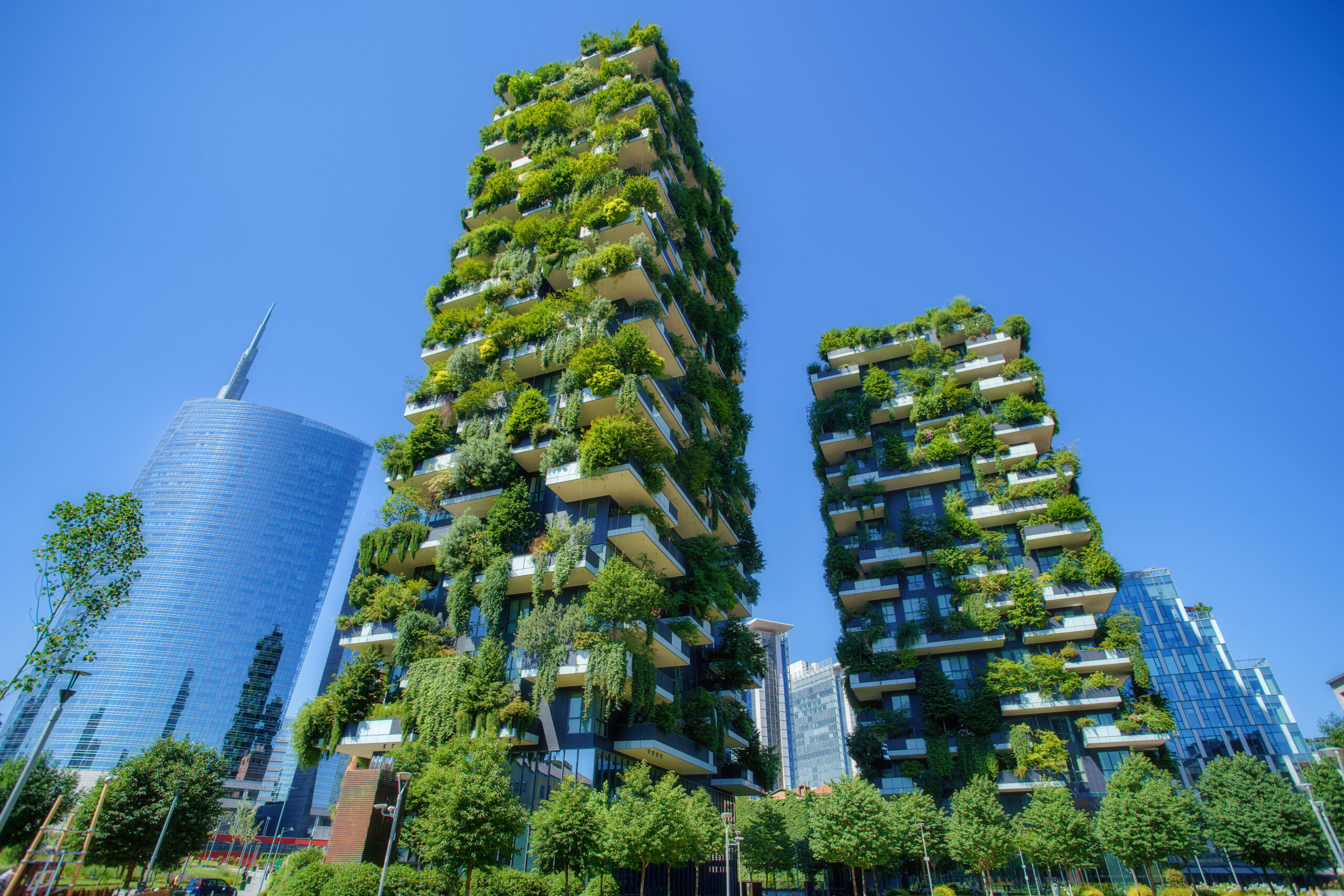
Bosco Verticale, designed by Stefano Boeri, is an architectural experiment that integrates nature into urban high-rise living. These “vertical forests” feature residential towers adorned with thousands of trees and shrubs, helping to reduce pollution and promote biodiversity. The design not only redefines high-density urban living but also addresses environmental challenges by improving air quality and creating natural insulation. Bosco Verticale’s success has inspired similar projects worldwide, advocating for greener urban developments. This building stands as a model for the future of eco-friendly city architecture. It demonstrates how architecture can be both aesthetically pleasing and environmentally responsible.
The Louvre Abu Dhabi – Abu Dhabi, UAE
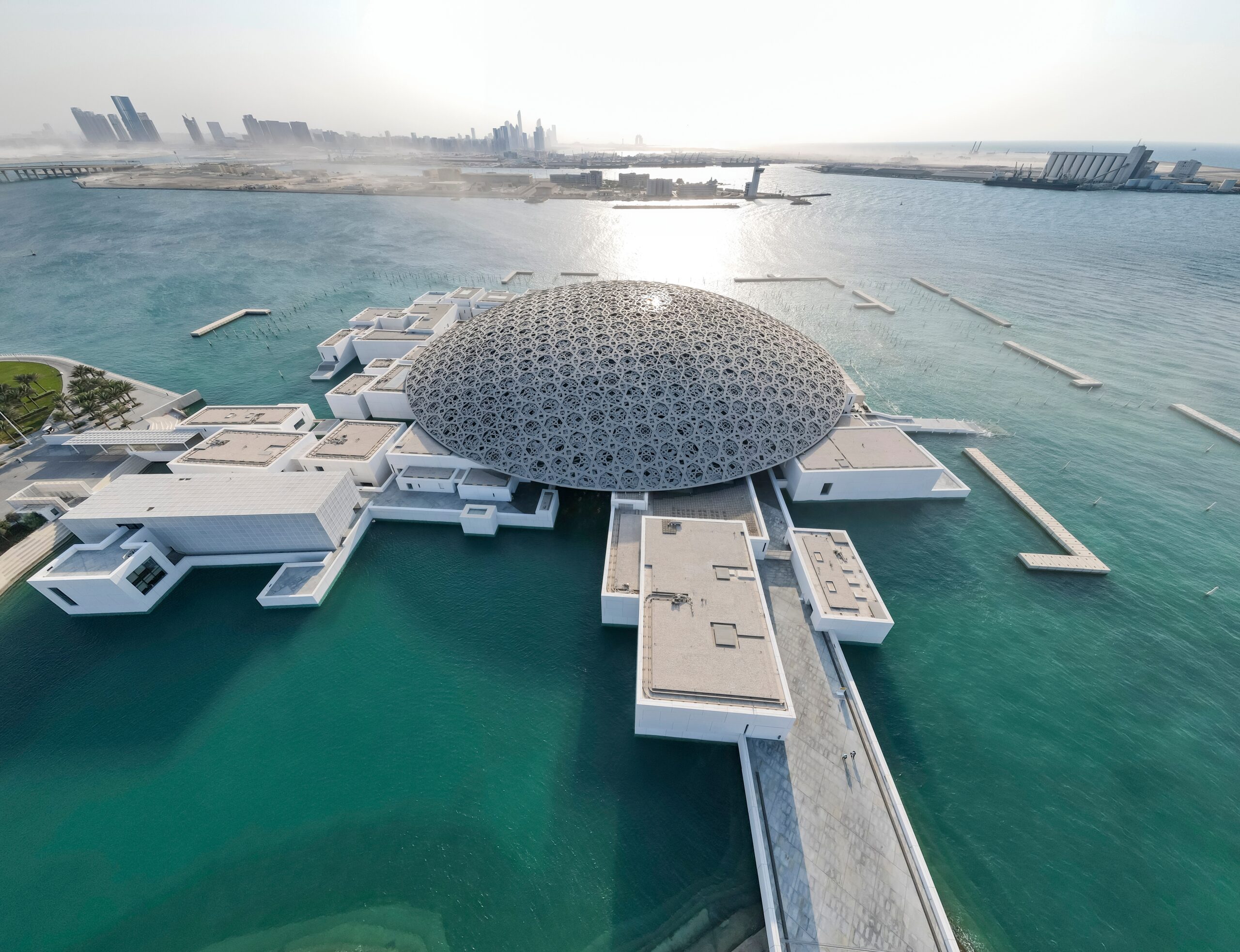
Jean Nouvel’s design for the Louvre Abu Dhabi is a fusion of cultural symbolism and modern design. The museum’s iconic dome, perforated with intricate geometric patterns, creates a “rain of light” effect within the space, blending tradition with innovation. Its structure sits on Saadiyat Island, blending seamlessly into the surrounding water, offering a peaceful yet monumental presence. The Louvre Abu Dhabi represents a new era of cultural exchange, positioning itself as a global hub for art and history. The building’s design mirrors the museum’s mission to bridge the gap between East and West. It is an architectural masterpiece that enhances Abu Dhabi’s cultural and urban landscape.
Sagrada Familia – Barcelona, Spain
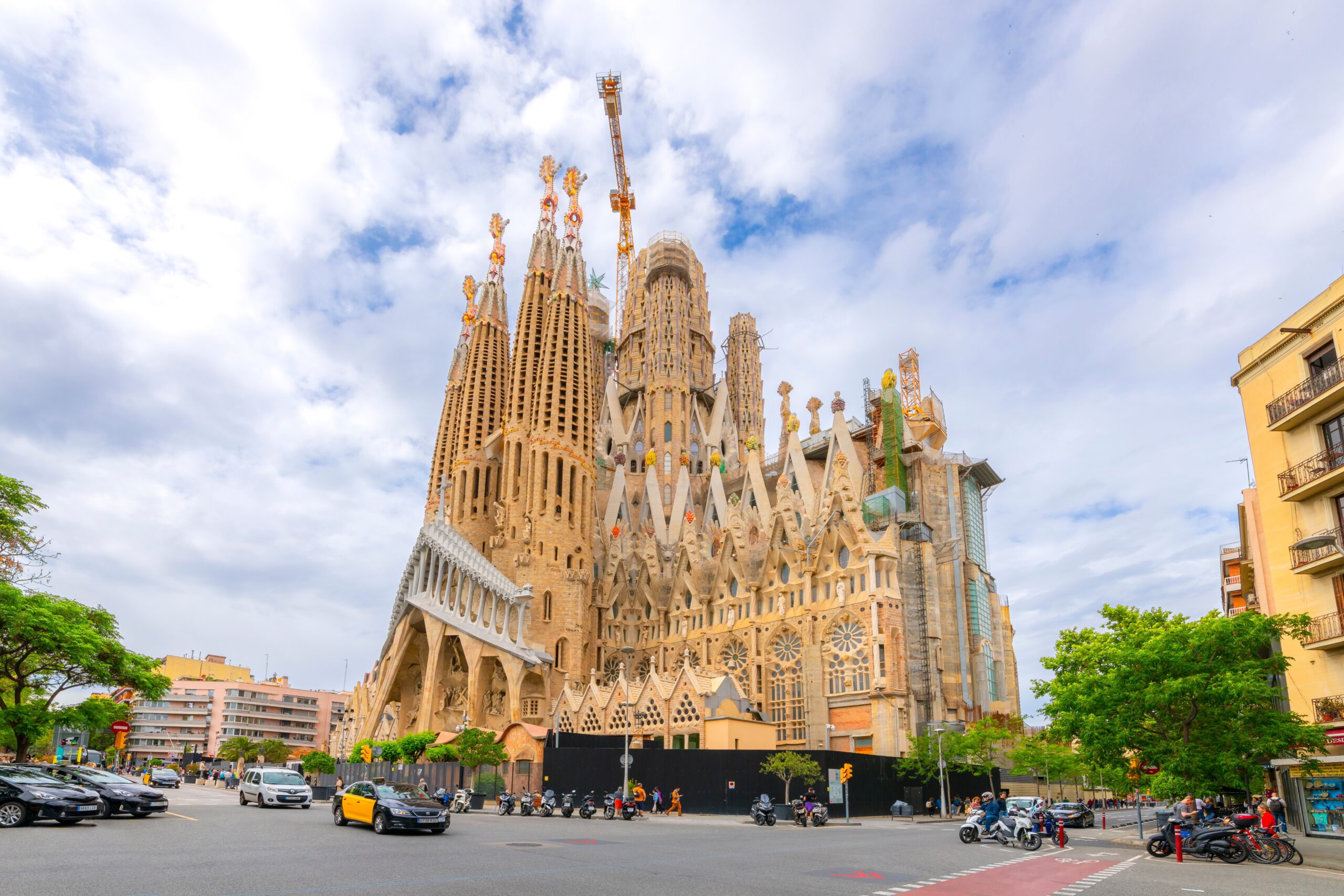
The Sagrada Familia, Antoni Gaudí’s unfinished masterpiece, is a towering example of organic, nature-inspired architecture. Its intricate facades and towering spires reflect Gaudí’s vision of blending Gothic and Art Nouveau styles. Construction began in 1882 and continues to this day, with the building evolving over time while staying true to Gaudí’s original vision. The Sagrada Familia’s innovative design incorporates natural light in ways that create a spiritual atmosphere within the basilica. Its construction has significantly shaped Barcelona’s identity as a city of architectural wonder. The Sagrada Familia stands as a testament to the lasting impact of visionary design.
One World Trade Center – New York City, USA
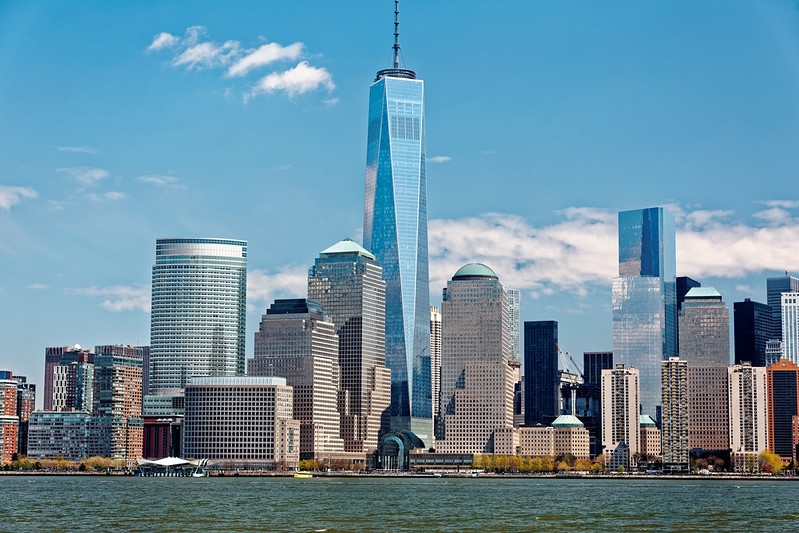
One World Trade Center, designed by David Childs, is a symbol of resilience and rebirth. Standing at 1,776 feet, the building’s height honors the year of American independence, while its design represents strength and renewal following the 9/11 attacks. Its sleek, angular form tapers as it rises, creating a bold and elegant silhouette in New York’s skyline. The building integrates advanced security and sustainability features, setting new standards for modern skyscrapers. One World Trade Center is not only a memorial to the past but also a beacon for the future of urban architecture. It redefined what skyscrapers could represent in a post-9/11 world.
The Walt Disney Concert Hall – Los Angeles, USA
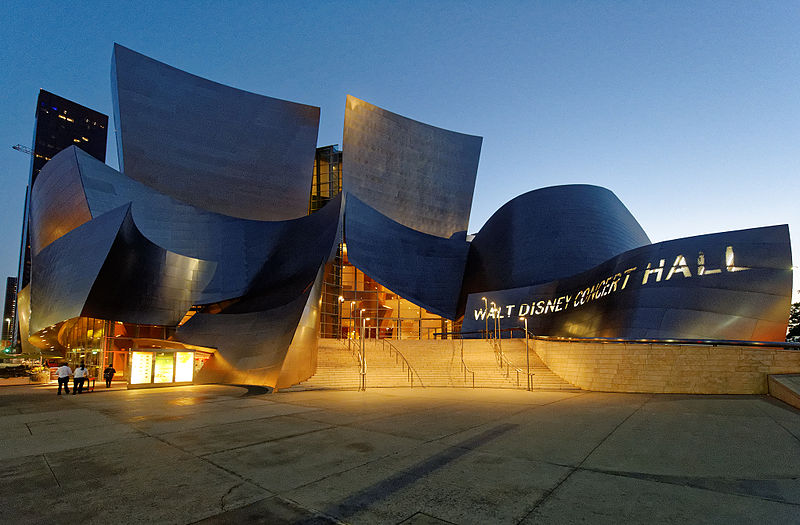
Designed by Frank Gehry, the Walt Disney Concert Hall is a striking example of Deconstructivism in architecture. Its undulating, stainless steel façade creates a sense of movement and fluidity, contrasting with the rigid grid of downtown Los Angeles. Inside, the concert hall’s acoustics are meticulously designed to offer an unparalleled auditory experience. Gehry’s bold design challenged traditional concert hall architecture, focusing as much on form as function. The building has become a cultural landmark, drawing visitors from around the world to experience both its visual and auditory impact. It redefined how public spaces can merge art, culture, and architecture.
The Great Wall of China – China
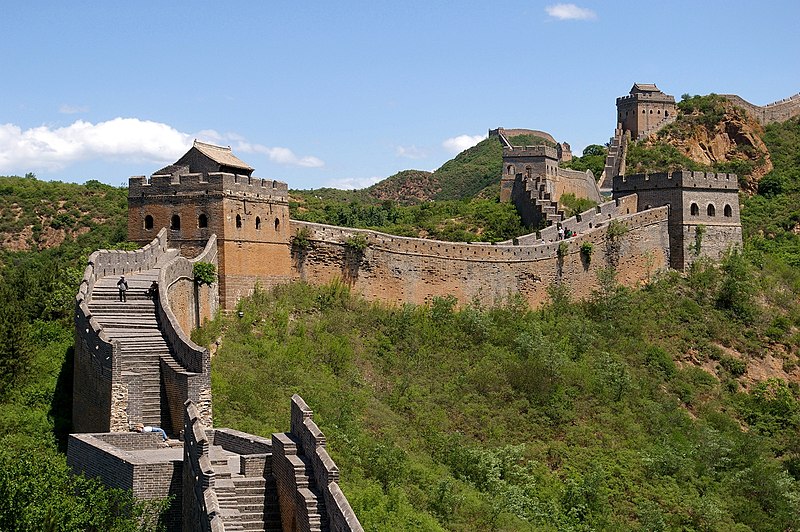
While ancient, the Great Wall of China remains one of the most iconic and essential feats of human architecture. Stretching over 13,000 miles, it was constructed over several dynasties to protect China’s northern borders. The wall’s massive scale, coupled with its integration into the natural landscape, showcases an architectural marvel of defensive design. Its enduring presence has shaped the geopolitical and cultural landscape of China for centuries. Today, it is a symbol of strength, perseverance, and unity. The Great Wall continues to inspire architects and engineers worldwide, offering lessons in both construction and endurance.
This article originally appeared on Rarest.org.
More From Rarest.Org
High-altitude regions around the world are home to some of the most unique and uncommon mammals on the planet. They have adapted to survive in the harsh, cold, and rugged environments of the world’s tallest mountains. Read more.
Stadiums are more than just venues for sports, they are architectural marvels that push the boundaries of design and innovation. From iconic shapes to sustainable features, these remarkable structures showcase how function meets artistry. Read more.
Antique rugs have long been prized for their craftsmanship, historical significance, and unique designs. These handwoven masterpieces, originating from various regions around the world, not only add beauty to any space but also represent a rich cultural heritage. Read more.


